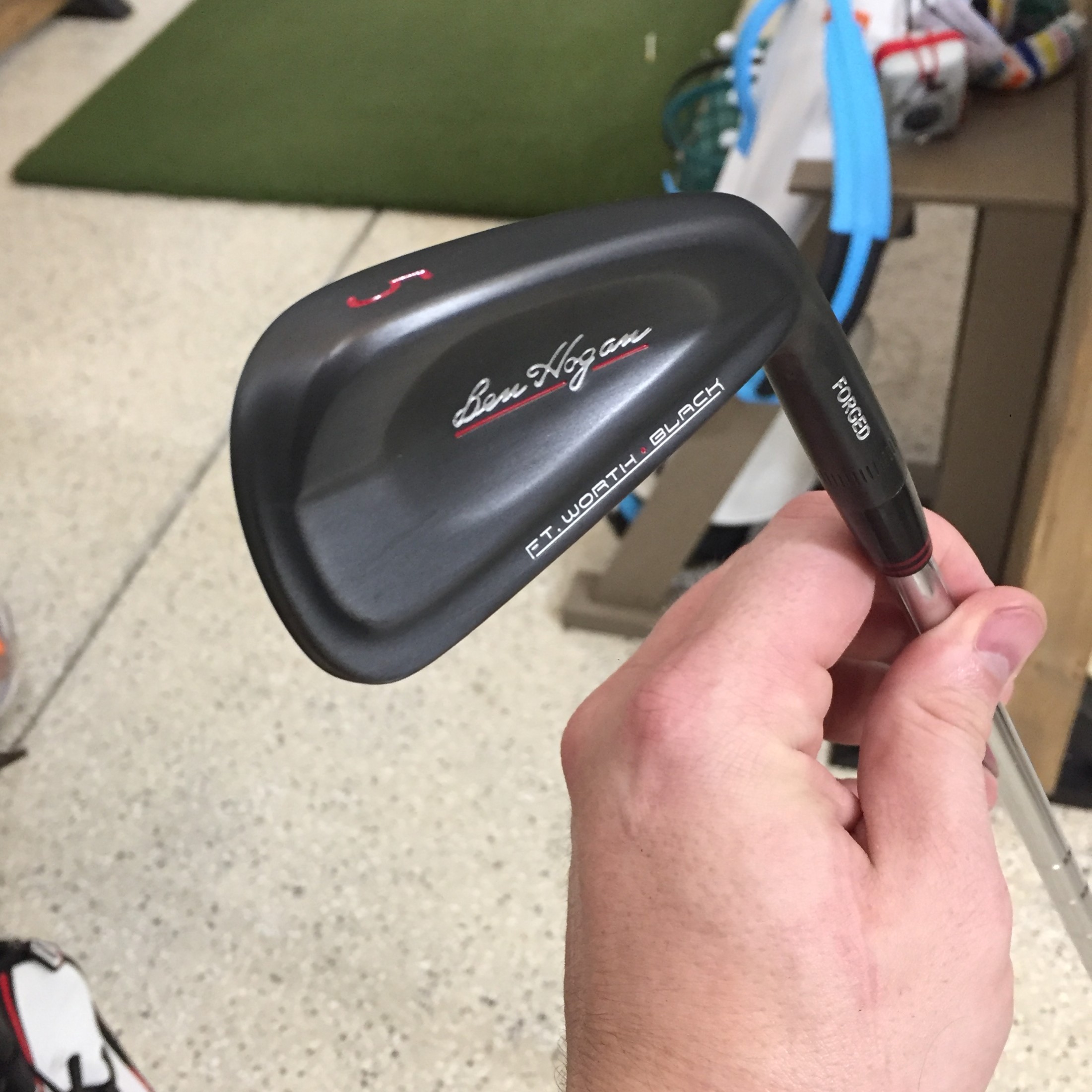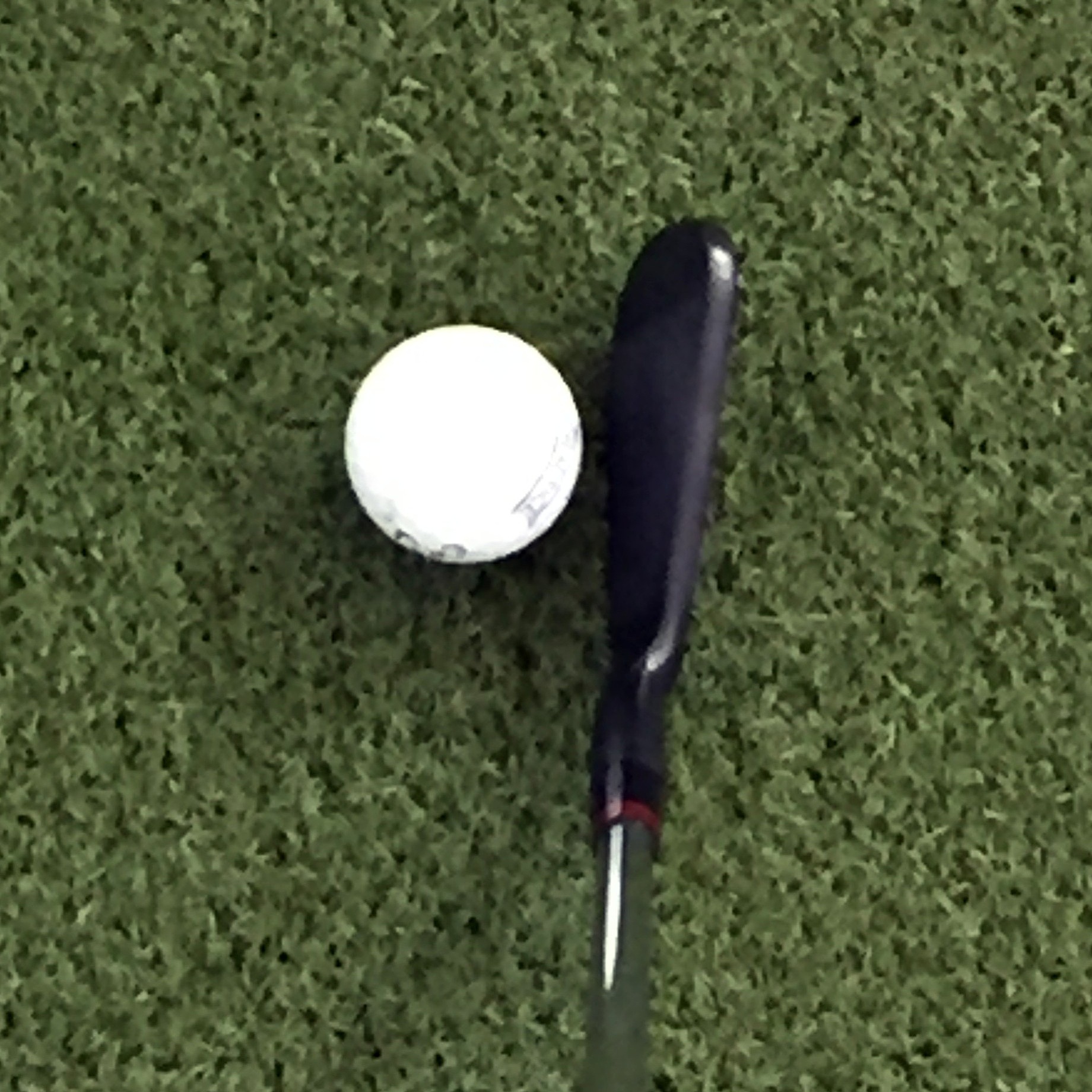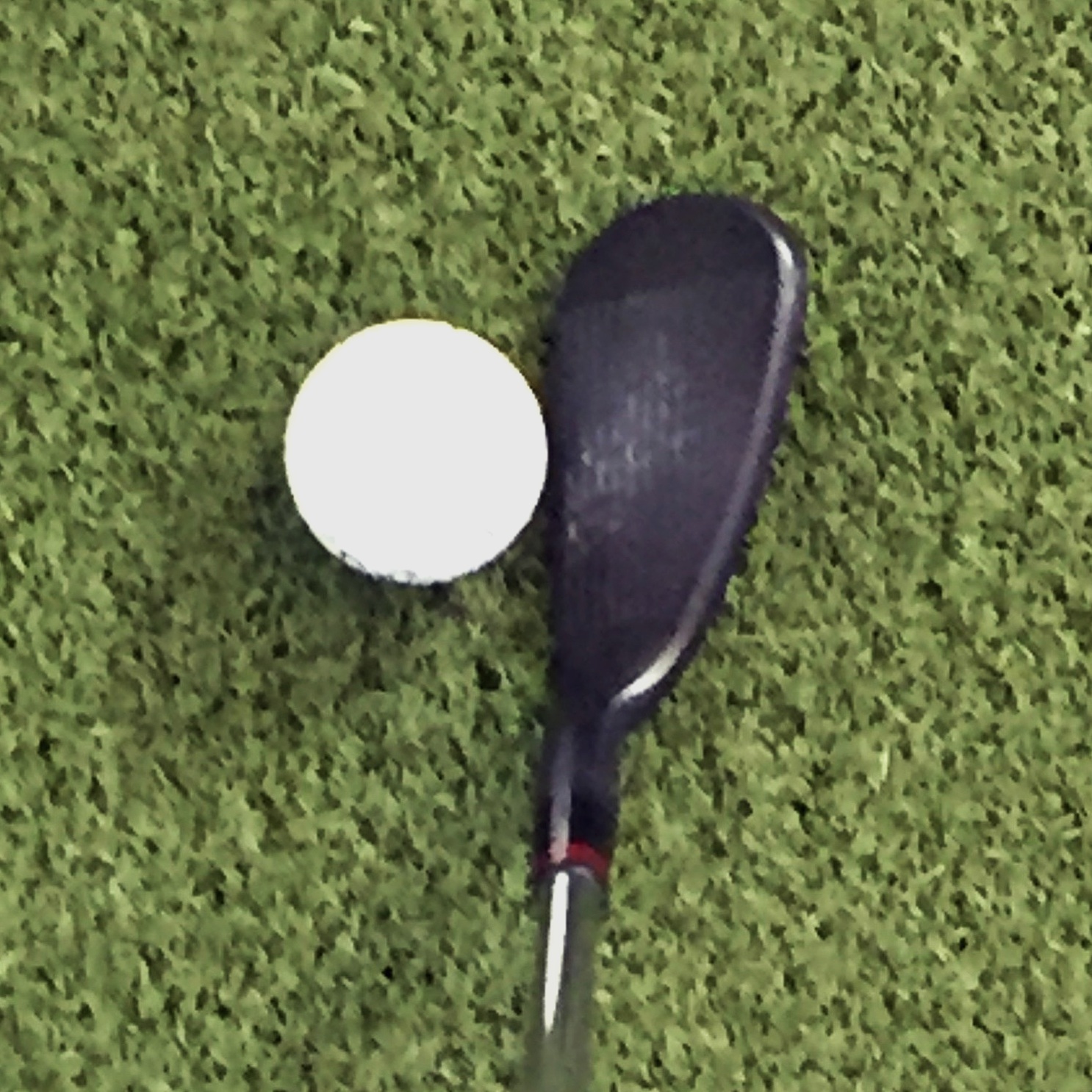REVIEW: Ben Hogan Ft. Worth Black Irons
Ben Hogan Ft. Worth Black Irons
Beauty, precision, and unmatched feel
(Editor’s note: This is the debut review from GU writer Matt Hackett. Matt is a 3-5 handicap, former collegiate golfer, and has a driver swing speed of 115mph)
Back when my handicap was at its best (2001, age 18), I was hitting hundreds of range balls and playing 3-4 rounds per week, enjoying the plethora of time pre-adult life allowed to spend at the golf course. Back then, us “cart boys” would gladly take advantage of the golf course and range privileges, in exchange for cleaning some guys clubs for the first time since they bought them.
That summer, I remember perusing the used clubs at a second hand golf store, and was immediately drawn to the Ben Hogan ’99 Apex Blades. My eyes lit up in equal parts awe, excitement, and suspicion, in that order.
They were beautiful. Clean. A work of art.
A set of irons I could only dream to put in my bag, if not for the $400-$600 going rate for premium clubs, so I was a bit wary of the $250 price tag. It surely had to be a mistake, especially the -50% (condition) sticker. When I brought the famous “E” wedge up to the counter to ask about the sticker, the cashier had the same suspicious look on his face. As he looked it up in the system, shrugged his shoulders, and told me the price pulled up as $125, I ran to grab the rest of the set and peeled out of the parking lot before he could look further into the matter.
I remember hitting range ball after range ball for months with those clubs until I had laborer-like calluses. They were so pure and so true, practicing became more of a joy than a chore, which is why they stayed in my bag for 15+ years. That was when I was first introduced to the Ben Hogan brand, and the story of my first true love.
While I have been playing blades ever since those Hogans, gone are those days of being able to consistently hit the nickel-sized sweet spot swing after swing. I will admit my ball striking hasn’t been as solid as it was back in the day, but I’m not looking to secure my tour card. I will stubbornly sacrifice a little club forgiveness for the look and feel of a blade.
Most blade irons are designed to have majority of the weight in the sweet spot of a club head, tapering a bit towards the heel and toe. This is probably the perfect club design for tour pros that are able to consistently hit that nickel-size sweet spot: put the weight of the club where the ball makes impact.
The problem is, we aren’t all tour players.
But there are still decent low-to-mid-handicap players out there that want the look, feel, and playability of a blade, but still occasionally hit some shots thin, fat, toey, or heely.
The design team at Ben Hogan wants you to know: you don’t need to be a scratch player to play blades anymore, because the Ft. Worth Black irons are the best of both worlds.



Weighting System
The first thing I noticed on the Ben Hogan Ft. Worth Black irons (besides the black color) was the progressive weighting system for each individual club. Almost any club you hit on the sweet spot is going to fly toward your intended target at a known distance. But for me, I look to see how a club performs when I don’t hit the sweet spot, because golf is obviously a game of misses.
With these clubs, if I hit a ball a little high on the face or a little off the toe, the club has added weight behind those areas, giving more mass behind the ball at impact. Ideally, this would mean my misses will still be closer to my target than a club that has little to no weight in those areas.
This is more pronounced in the long irons, where players tend to have more miss-hits. In the shorter irons, players have an easier time hitting the sweet spot, so the weight is progressively moved more towards the center of the club face.
PreciseLoft System
To me, this is one of the more exciting and forward-thinking aspects of these irons. When Hogan first introduced this loft system, I was one of the few people that thought it was a brilliant idea, giving the player the option to fill out his bag with whatever individual lofts he/she thought best fit their game. Years ago, club manufacturers had to start branding their club designs as going further and further, when in reality, many were just making the lofts stronger. Sure, players were hitting their irons further, but that just increased the distance gaps at the bottom of their bags, especially between the PW and SW or LW. Hence, why gap wedges started becoming popular around the mid-late 90’s, and now are almost a necessity.
I don’t think the idea caught on as much traction as the folks at Hogan had imagined (maybe because players are so accustomed to seeing 7 on the bottom of their club instead of 34°), but the principals remain today: widen the loft gaps with the long irons in order to narrow the loft gaps with the scoring clubs (short irons/wedges).
This chart compares the Ft. Worth Black PreciseLoft system to two competitor iron sets.
Compared to set #1, narrowing the gaps with the short irons gives players smaller distances between clubs, thus helping club selection into the greens.
Compared to set #2, the lofts are identical from 6i down to PW, but the biggest benefit is being able to space out the long irons from 22° to 30° in three clubs (4i-5i-6i) instead of spacing them out from 21° to 30° using four clubs (3i-4i-5i-6i). This allows players to carry an extra club in their bag, whether it is a 4th wedge, hybrid, driving iron, 5-wood, etc. How many of you would love the opportunity to add another club to your bag?
Look and Feel
The Ben Hogan Ft. Worth Black irons are made with a Diamond Black Metal finish, a much different look than a normal chrome or dulled gray color. I think it is a matter of individual preference, but I personally love the contrast it gives against the ball and grass. It looks fantastic.
It is designed to be a very durable finish compared to other black nickel or black oxide finishes, which would also help maintain the integrity of the grooves over time.
I could tell the difference between the black metal finish and typical carbon-steel forged irons. These felt a little harder metal at impact, but had a more consistent feel across all of my shots.
Overall Impression
I have always enjoyed the feel, look, and workability of a blade iron, but struggled finding the sweet spot consistently. The design team at Hogan has put together a great set of irons that can be played by a variety of players, and can see myself playing these for 15 more years.
Special thanks to Mistwood Golf Dome for assisting with this review.


